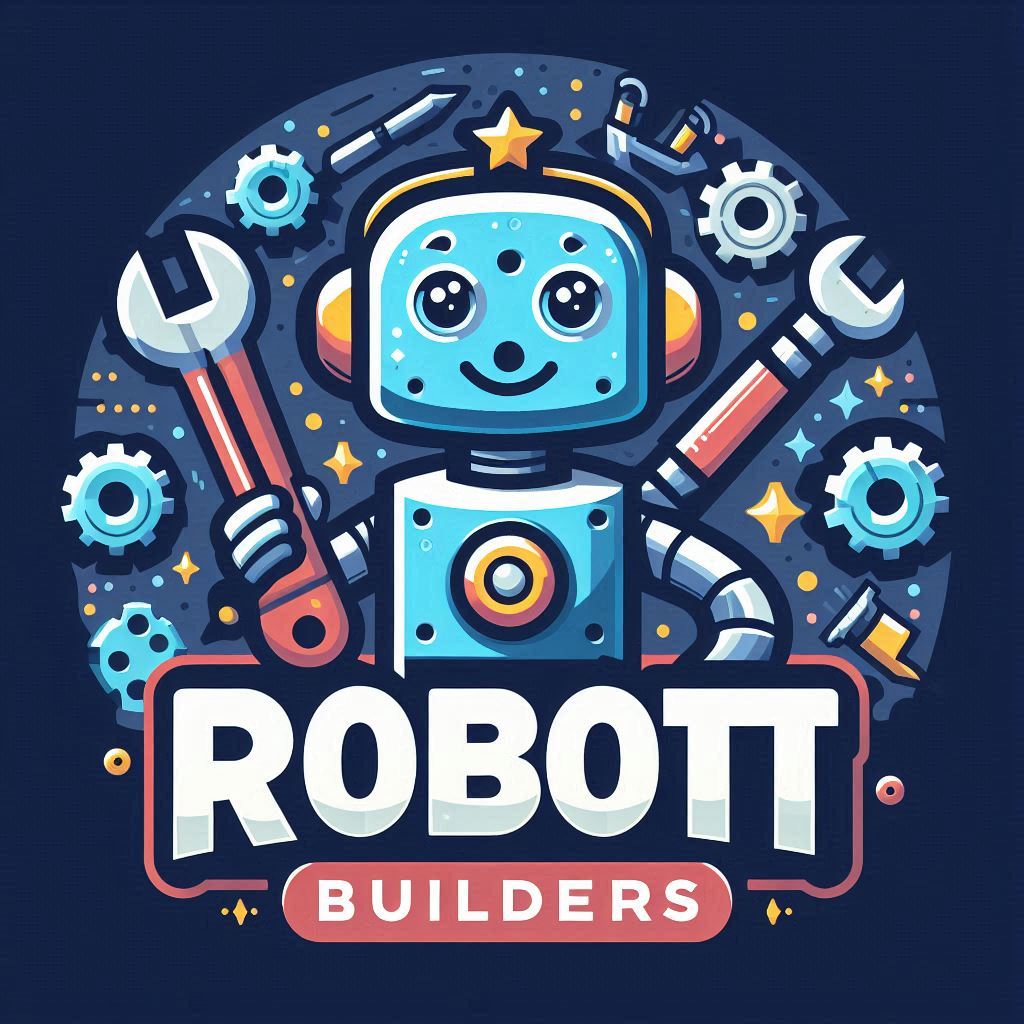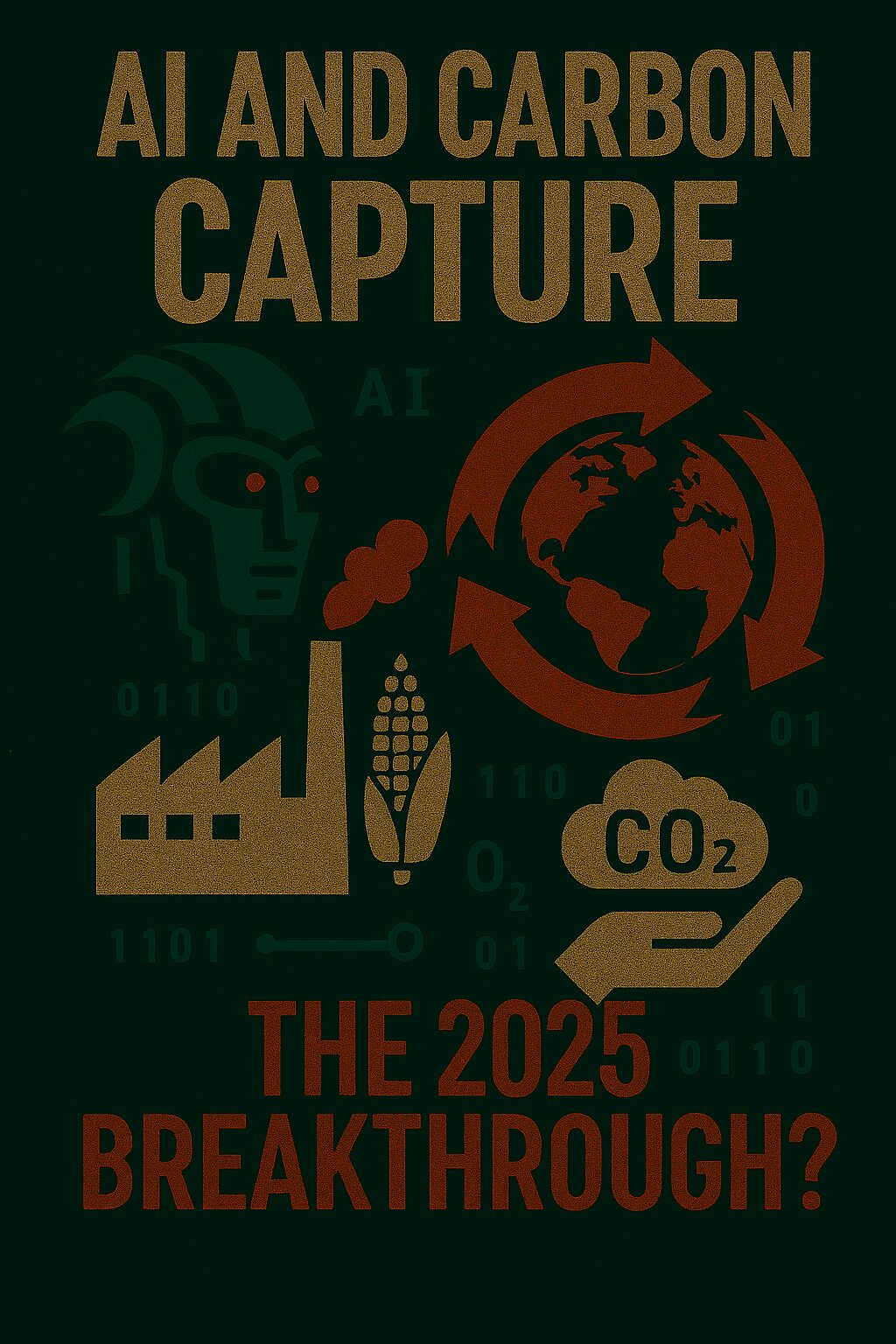Introduction: Climate Crisis Meets Computational Power
As global temperatures rise and carbon emissions surge, the race to decarbonize has never been more urgent. Carbon capture and storage (CCS) technologies—once slow, costly, and complex—are now being supercharged by artificial intelligence. In 2025, AI is not just accelerating carbon removal; it’s redefining what’s possible.
🤖 What Is AI-Driven Carbon Capture?
AI-powered carbon capture uses machine learning, deep reinforcement learning, and simulation models to optimize every stage of CCS:
- 🧠 Predicts CO₂ absorption rates and sorbent behavior
- 🧪 Designs new materials for carbon filtration
- 📊 Models geological storage sites for long-term safety
- ⚙️ Automates plant operations and energy efficiency
- 📡 Monitors emissions and leakage in real time
At Heriot-Watt University, the ECO-AI project reduced CCS modeling time from 100 days to just 24 hours, making carbon capture economically viable for industries like steel, cement, and chemicals.
📈 How AI Is Transforming Carbon Capture in 2025
| AI Capability | Impact on CCS Efficiency |
|---|---|
| 🧠 Predictive Modeling | Accelerates design and deployment of capture systems |
| 🧪 Material Discovery | Identifies high-performance sorbents and metal-organic frameworks |
| 📊 Process Optimization | Reduces energy consumption and operational costs |
| 🛰️ Monitoring & Verification | Ensures safe, long-term CO₂ storage underground |
| 🧬 Simulation Acceleration | Speeds up testing of thousands of carbon removal scenarios |
Researchers at University of Illinois Chicago used AI to generate over 100,000 potential carbon-capturing materials, dramatically increasing the pace of discovery.
🧪 Real-World Applications in 2025
- 🌐 Heriot-Watt’s ECO-AI platform enables rapid CCS deployment across Europe
- 🧬 UIC and Argonne National Lab use AI to simulate carbon removal at molecular scale
- 🏭 Industrial plants integrate AI to reduce emissions and optimize capture systems
- 🌍 AI models help governments plan carbon budgets and track net-zero progress
These breakthroughs are turning carbon capture from a theoretical fix into a scalable climate solution.
⚠️ Challenges and Ethical Considerations
Despite its promise, AI-powered CCS faces hurdles:
- 🧮 High energy demands for AI model training
- 🔐 Data privacy in industrial monitoring systems
- ⚖️ Risk of over-reliance on tech vs. emissions reduction
- 🛠️ Infrastructure gaps in developing regions
Solutions include federated learning, open-source CCS platforms, and equitable access to carbon tech.
🛡️ How to Scale AI-Driven Carbon Capture
✅ Key Strategies:
- Invest in AI research for climate engineering
- Support public-private CCS partnerships
- Promote low-carbon computing infrastructure
- Align global carbon markets with AI insights
- Educate policymakers on AI’s role in decarbonization
🔑 SEO Keywords to Target
- AI and carbon capture 2025
- artificial intelligence climate solutions
- ECO-AI carbon removal
- machine learning for CCS
- carbon capture breakthrough
- deep learning for CO₂ storage
- scalable carbon removal technologies
🧭 Conclusion: Intelligence Meets Atmosphere
In 2025, AI is no longer just a tool—it’s a catalyst. By accelerating carbon capture, optimizing materials, and enabling real-time monitoring, artificial intelligence is reshaping the fight against climate change. The breakthrough isn’t just technical. It’s existential.

